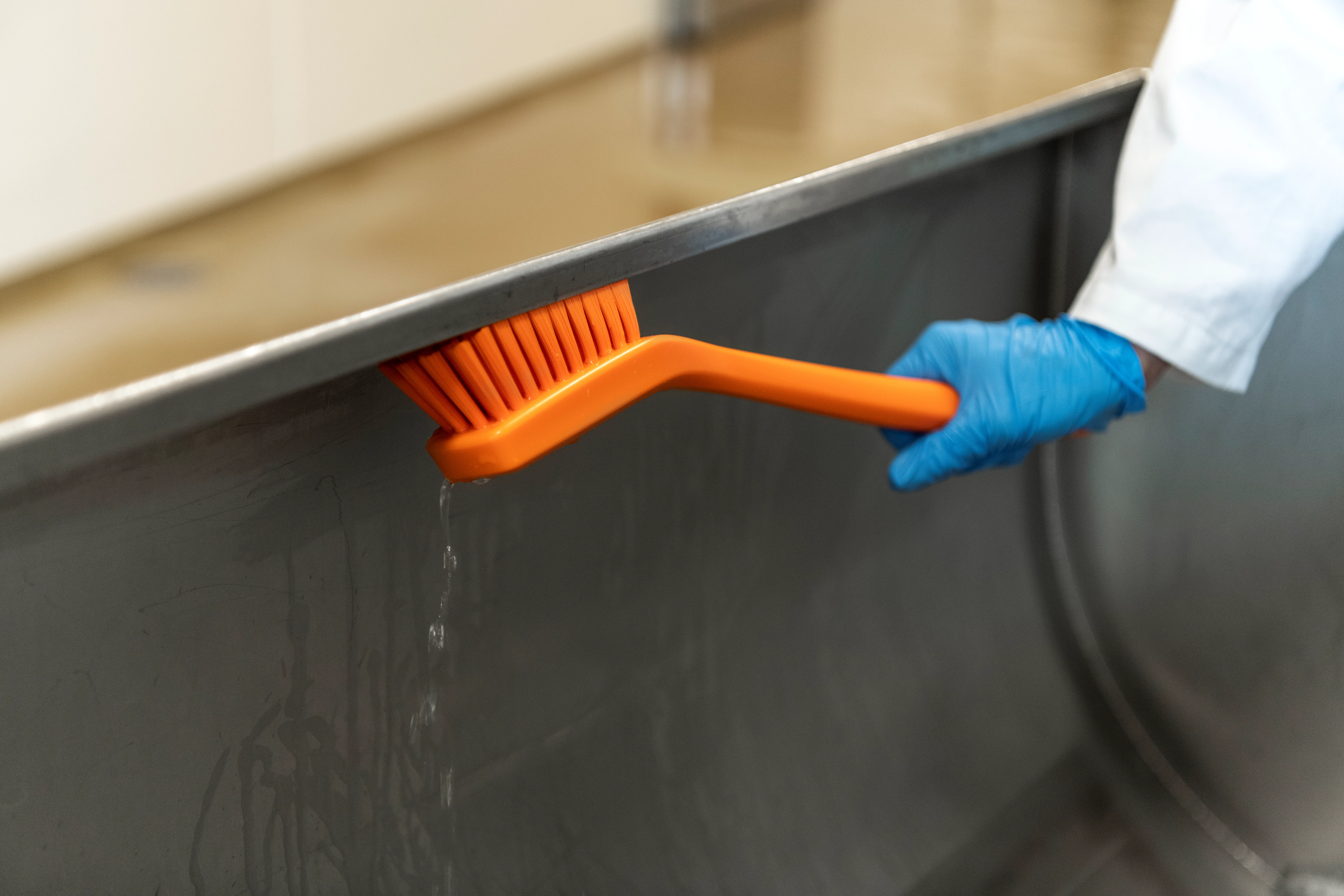Previous blog posts have covered the importance of colour coding your cleaning equipment and food-handling tools, as well as how to set up a colour-coding program. This post focuses on how to avoid the most common mistakes when implementing a new system.
In many cases, the lack of involvement from key stakeholders during the planning phase can lead to poor implementation. To ensure smooth execution, it’s crucial to involve managers, purchasing agents, and frontline workers early on. Their input and support will help create a system that is both practical and accepted across the board.
Another common issue is rushing the decision-making process. A successful colour-coding system needs to be carefully planned, taking into account the unique requirements of your facility, processes, and staff. Be prepared to adjust your strategy as you go to ensure it aligns with your specific needs.
Training is also essential. Everyone in the organization, from management to operators, should understand the purpose and mechanics of the system. Conducting training sessions early on ensures that your team is fully prepared to follow the new procedures from day one.

Please follow the advice of
your local authorities on the
use of face masks.
A colour-coding system that's too complicated can confuse employees and lead to improper use or even complete disregard of the system. Keep it simple – using a limited number of colours makes it easier for everyone to understand and follow the plan effectively.
Also, make sure the chosen colours contrast well with the food products being handled. Clear contrast helps identify foreign bodies like bristles or plastic fragments more easily, which improves food safety and quality.
Purchasing departments often look for the cheapest options, but this can lead to long-term issues. Cheaper equipment may need frequent replacement and could increase the risk of contamination. Ensure your purchasing team understands the long-term benefits of investing in high-quality, food-safe tools.
While it's important to keep the big picture in mind, your colour-coding solution must be practical. When choosing tools, ask questions like:
- Will the tool work in real-world conditions?
- Is it durable enough?
- Is it designed for hygiene?
- Is it food-contact compliant and properly documented?
- How easy is it to store?
A Vikan representative can help you avoid these pitfalls by offering a tailored colour-coding plan after a site survey. This ensures your operations are efficient, safe, and free of common errors.
Learn more about color-coding
Learn more about site surveys
Recent blog posts

Mechanical action – an essential factor in biofilm removal
Do you know how important the mechanical action applied during cleaning is in removing biofilms? If you don’t already know, you’ll find the answer here.

11 useful tips for colour-coding in your facility
Here are some of the key things to be aware of when you’re planning to colour code.
Manual cleaning has never been more important
Advice to hotels, restaurants and catering (HoReCa) establishments on hygiene measures prior to re-opening.
Sofas INDOOR,best high end couches,luxury chaise lounge sofa,outdoor luxury sofa
Foshan Jianermei Furniture Co., Ltd , https://www.minottiitaly.com







